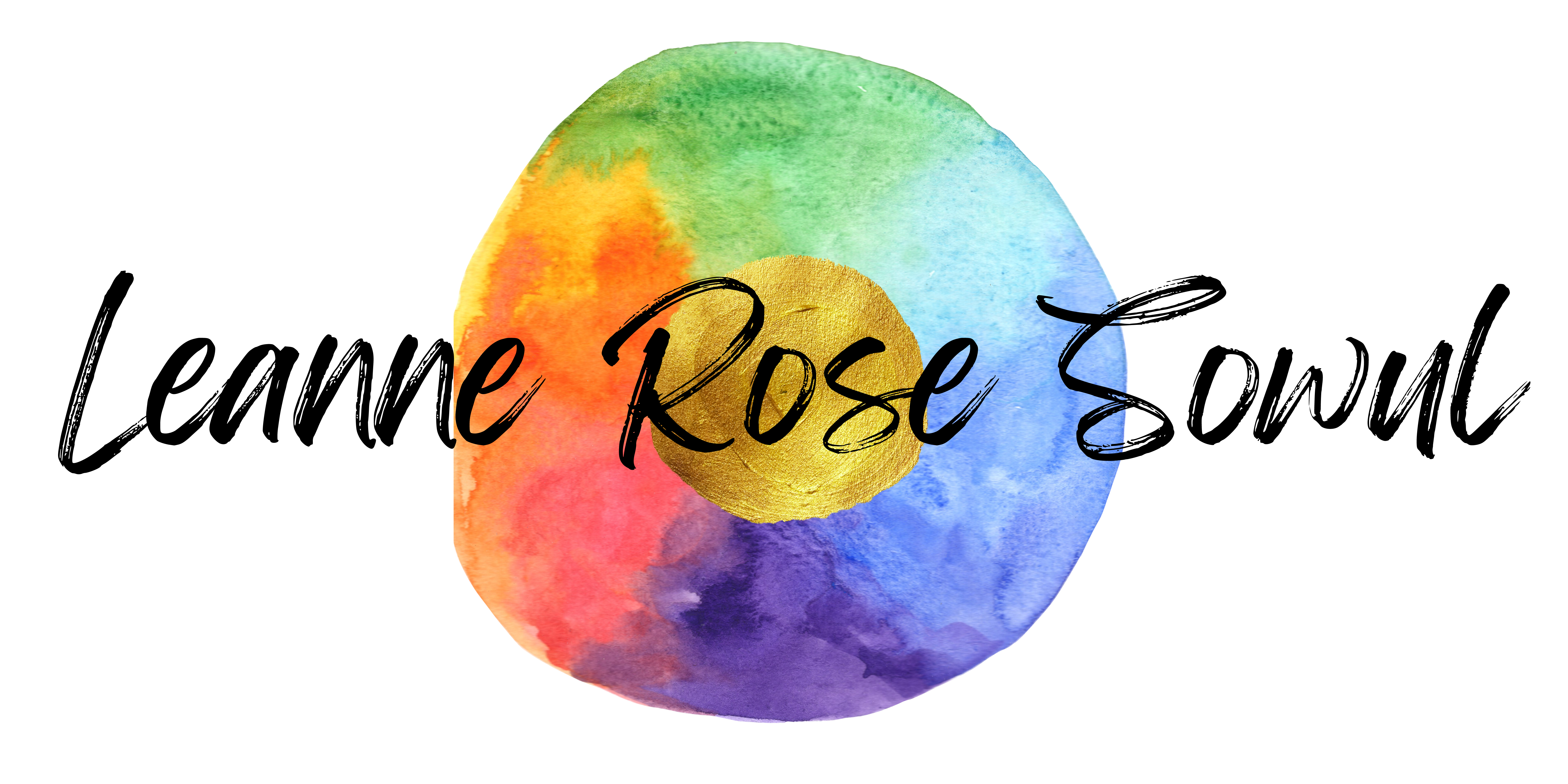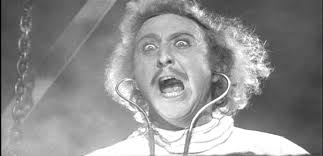One of my blogging goals for 2016 is to “show my work.” Last week, I wrote about how to brainstorm a book idea; this week, I’d like to share how I create characters.

Whether I write historical fiction, YA literary fiction, or short stories, my trademark is writing from multiple perspectives. So my first step is determining the number of perspective characters, and if there are going to be any main characters who aren’t given their own viewpoint on the story. (I did this with one of the main characters in Waist; Katia, the younger sister to secondary protagonist Hannah, is so transparent on the page that I didn’t think she needed her own perspective to get her point across. She turned out to be my most fun character to write.) If I’m writing a historical novel, I also do some research before I start creating characters, so I can get a sense of the mentalities, morals and habits of the time.
Once I’ve collected some data, I start by writing character studies. I like the very basic ones that Scrivener provides in its fiction framework, but I add to them, doubling the number of total questions. Some of my favorite additional material includes:
“What is his/her question?” (Example: Will she return to Russia, or stay with her abusive/indifferent family?)
“What is his/her secret?” (Example: She loves being engaged, but doesn’t really want to get married.)
“What is his/her song?” (Example: I gave one of my favorite orchestral pieces, “Overture to Candide,” to one of my highest-energy characters.)
“What is his/her Myers-Briggs type?” (Example: The character Billy in Waist is an ESTJ, because he’s extroverted, lives in the moment, decides with his brain over his heart, and is judgmental of others’ decisions.)
For Blizzard, I added: “Where is he/she trapped?” because all of the main characters become stuck in different places during the storm.
Once I’ve created the questions, I supply the answers. This is the most fun part. Occasionally I get stuck and just write something to fill the space. Most of the time, I end up surprising myself as a vision of a character emerges almost without effort. That’s the creative process at its best.
Then I just start writing. In my rough draft, my characters are there on the page, but it takes several drafts to get them to really show themselves through every action and word of dialogue.
I’ve been invested lately in how other novelists developed their characters. If this is a subject that interests you, I highly recommend reading (or re-reading) Gone With The Wind. I’m reading it again (audiating it, actually; it’s a 48 hour-long Audible recording) for the first time since I was in sixth grade and my dad challenged me to finish it so I could watch the movie with him. Margaret Mitchell puts all of her characters so firmly on the page. Even very minor side characters get a description within the text. That’s one of the reasons the book is so incredibly long, but it also “shows her work” on character in a hugely instructive way. I’m learning a lot from her as I listen/read!
Fiction writers, how do you create characters? What’s your process?
Fiction readers, what do you look for in a character? What makes you identify with certain ones?


This is interesting to me since I’ve not ever tried to write fiction since I was in high school. I loooovvveee reading it, but it just feels beyond me to write it! I’m glad you’re giving me a look into the process of writing fiction.
I like meeting new characters the same way I like meeting new people. Some I like immediately, some I remain neutral on, and some I don’t like (but I won’t tell them that). I will put down a book, however, if I actively dislike the characters and don’t care what happens to them. If there’s even one character I care about, I’ll usually keep reading to the end.
I’m the same, Kathy, If I don’t connect with anyone, it’s over for me. That’s true for TV and movies too. It’s why I’m the only person on earth who doesn’t like Seinfeld!
This was fun, Leanne! I love learning how other writers create their characters, and finding our “systems” compare. This is typically what I do in my character profiles:
– Basics (age, physical appearance, birthday, etc.)
– A four to five paragraph summary that touches on their personal history, family, role in society, personality, strengths and weaknesses
– A more detailed look at their defining character traits (using Angela Ackerman and Becca Puglisi’s Positive and Negative Trait Thesauri)
– MBTI Personality Type (*high fives Leanne*)
– Answers to this great questionnaire posted at Writer’s Digest (http://www.writersdigest.com/online-editor/novel-writing-10-questions-you-need-to-ask-your-characters)
– Asking what he/she does well or enjoys, what he/she does NOT do well or dislikes, and his/her plans for the future
– A copy-paste of any Beautiful People (a.k.a. character interviews) I do at my blog
The weird thing is, I feel like it’s taken me until Draft #2 of my WIP to develop this “system.” I had written a book several years ago, but never gave character profiles or development much thought. I’ve learned a lot since then… and even now, I’m still learning. But after this WIP, I know I’ll be more organized for the next story and will have that character-creation system in place before I even start writing it. And just knowing that makes me feel a lot better.
It’s funny how much you learn through each draft, isn’t it? I purposely keep my first draft character studies less detailed, so that I can discover through the writing. But for later drafts, I’ll go back and add/change the character studies based on what’s come out in writing, and things I want to explore further. I used to think all the prep work gets done before the first draft, but I find I do at least as much between drafts, both for historical research and character development.
Thanks so much for sharing your process! I love how detailed you get in your “Beautiful People” posts. I’m sure the notes you take for yourself are just as thoughtful.
Character discoveries have happened spur-of-the-moment for me, too. I originally thought one of the supporting characters was an only child. Then during one of my recent revising sessions, I was rewriting a conversation he was having with the protagonist and realized he had a little sister. Funny how that works, right?
Everyone keeps telling me how organized I am – but I don’t feel that way! *lol* *blushes profusely* As in depth as my notes and profiles might be, I rarely cross-reference facts and stuff when I’m working on the novel. :S That’s something I need to fix during Draft #3, so everything matches up between the manuscript and the “appendices.”
But I do take your comments as a compliment, Leanne. It’s just strange for me, because I don’t see myself the way other people do, I guess.